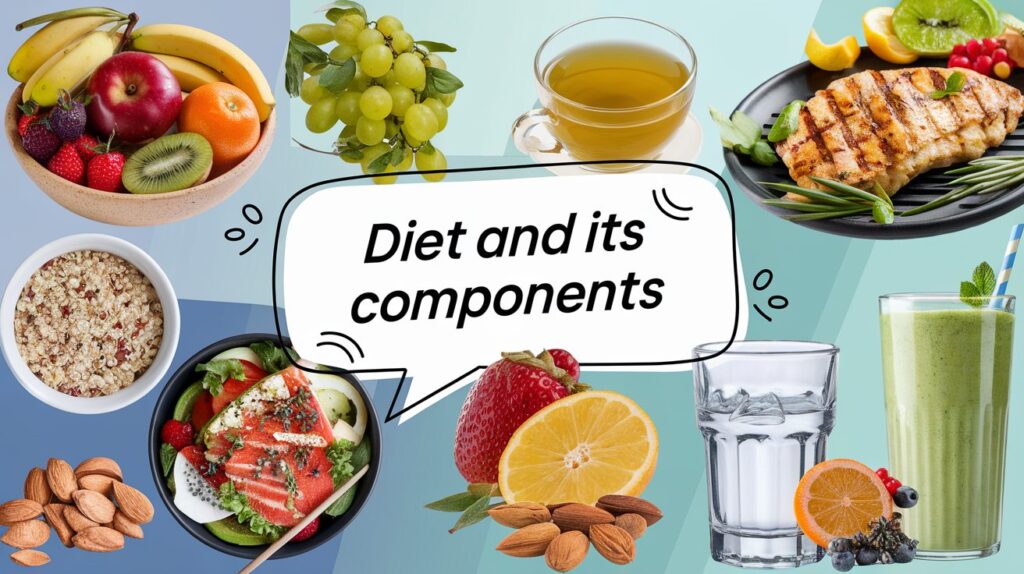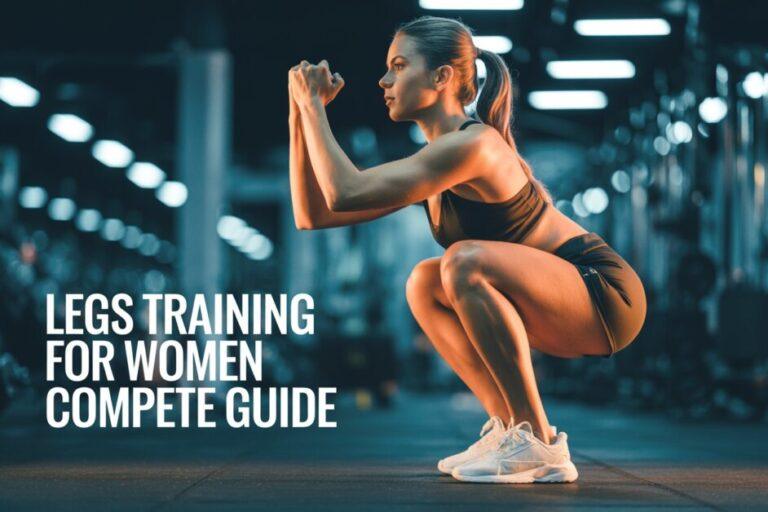Types of Diets: A Step-by-Step Guide
Introduction
When it comes to healthy living, choosing the right diet is essential. With so many types of diets available, it can be overwhelming to decide which one suits your lifestyle and health goals. This guide will explore various diets, highlighting their benefits and potential drawbacks, to help you make an informed decision.
1. Understanding Your Nutritional Needs
Before diving into specific diets, it’s important to understand your own nutritional needs. Your age, gender, activity level, and health conditions all affect the best diet for you. Consulting with a healthcare professional or a registered dietitian can provide personalized guidance.
2. The Mediterranean Diet
The Mediterranean diet is renowned for its heart-healthy benefits. It emphasizes whole foods like fruits, vegetables, whole grains, nuts, and olive oil, with moderate consumption of fish and poultry. This diet is not only beneficial for cardiovascular health but also promotes overall well-being.
https://www.instagram.com/themusclebeast.in/
Benefits
- Reduces risk of heart disease
- Promotes weight management
- Enhances cognitive function
Potential Drawbacks
- May be costly due to emphasis on fresh produce and fish
- Requires commitment to cooking and meal preparation
3. The Ketogenic Diet
The ketogenic diet is a low-carb, high-fat diet. It helps the body enter a state of ketosis. In ketosis, the body burns fat for energy instead of carbohydrates. It is popular for weight loss and managing certain medical conditions.
Benefits
- Effective for rapid weight loss
- May improve insulin sensitivity
- Can enhance mental focus
Potential Drawbacks
- Difficult to maintain long-term
- May lead to nutrient deficiencies if not well-planned
4. Vegetarian and Vegan Diets
Vegetarian and vegan diets focus on plant-based foods. While vegetarians may include dairy and eggs, vegans eliminate all animal products. These diets are often chosen for ethical, environmental, or health reasons.
Benefits
- Supports cardiovascular health
- Lower environmental impact
- Rich in fiber and antioxidants
Potential Drawbacks
- Risk of protein, vitamin B12, and iron deficiencies
- Requires careful meal planning
5. The Paleo Diet
The Paleo diet, or caveman diet, focuses on foods that Paleolithic humans likely ate. This includes lean meats, fish, fruits, vegetables, nuts, and seeds. It excludes processed foods, grains, and dairy.
Benefits
- Encourages whole food consumption
- High in protein and healthy fats
- May improve metabolic health
Potential Drawbacks
- Restrictive and may be difficult to follow
- Eliminates food groups that contain essential nutrients
6. The DASH Diet
The Dietary Approaches to Stop Hypertension (DASH) diet is designed to prevent and manage hypertension. It focuses on reducing sodium intake and encourages consumption of fruits, vegetables, whole grains, and lean proteins.
Benefits
- Effective in lowering blood pressure
- Promotes heart health
- Balanced and flexible
Potential Drawbacks
- May require significant dietary changes
- Needs careful monitoring of sodium intake
7. Intermittent Fasting
Intermittent fasting involves cycling between periods of eating and fasting. It is not a traditional diet. Instead, it is an eating pattern that can fit different dietary choices.
Benefits
- Promotes weight loss and fat reduction
- Improves metabolic health
- May enhance longevity
Potential Drawbacks
- May lead to overeating during eating windows
- Not suitable for everyone, especially those with a history of eating disorders
Conclusion
Choosing the right diet is a personal decision that should align with your health goals and lifestyle. No matter what diet you choose, it’s important to find one that you can stick with. This could be a plant-based diet, a low-carb plan, or a balanced way of eating. The key is to enjoy the method you select.
Remember, it’s always best to consult with a healthcare professional before making significant changes to your diet.
More Updates-
Instagram || YouTube || Facebook
Intermittent Fasting and Exercise: A Guide to Maximizing Fat Loss and Muscle Gain




